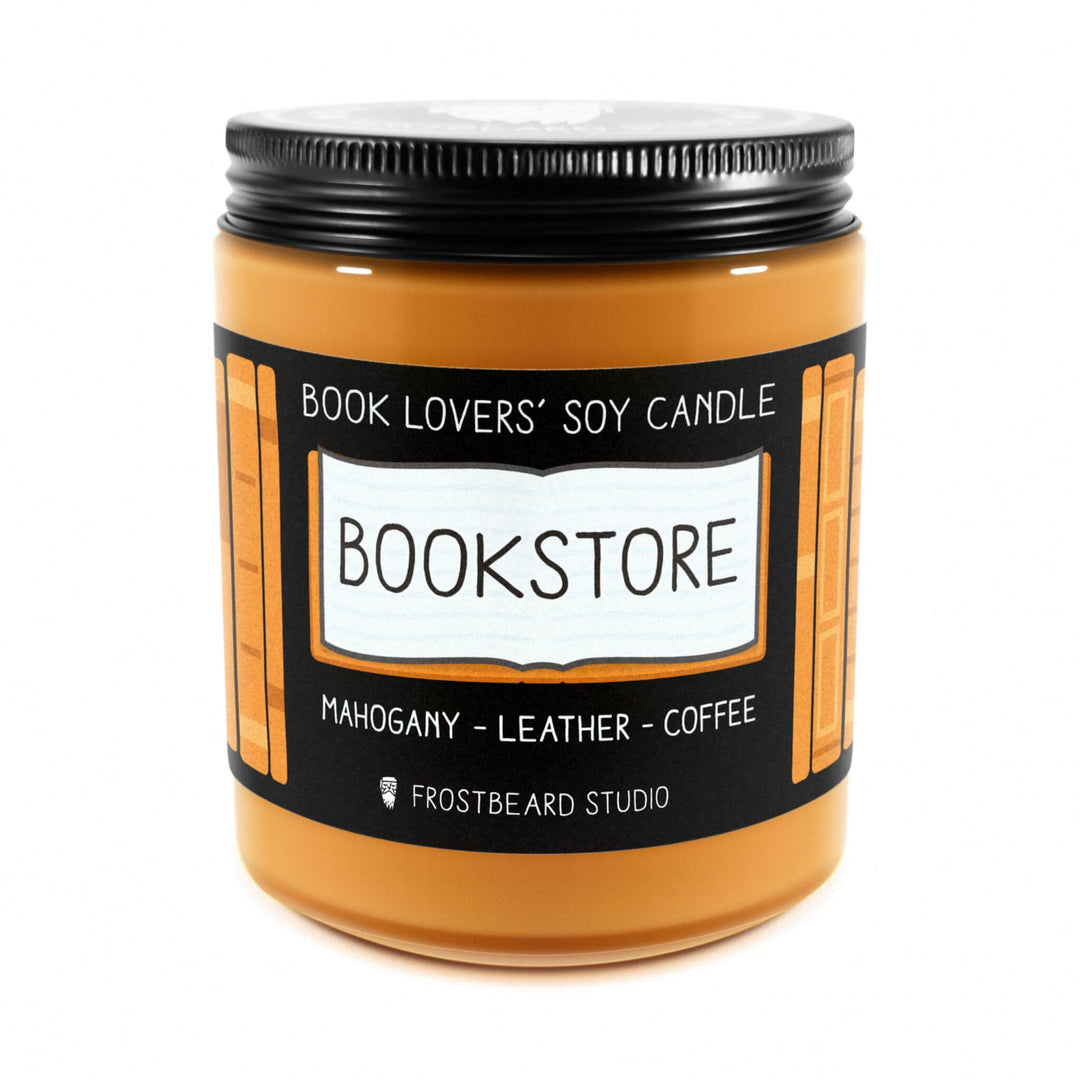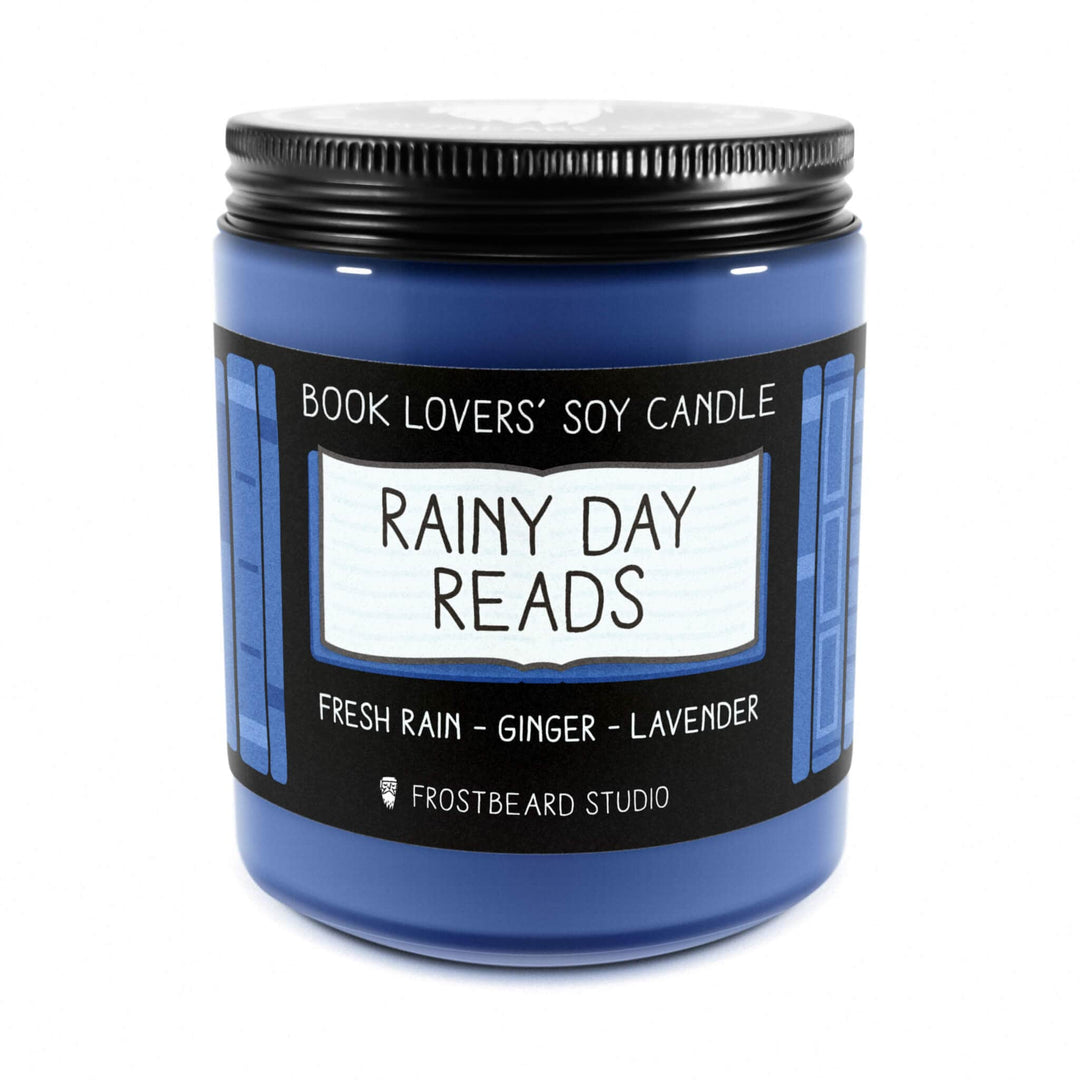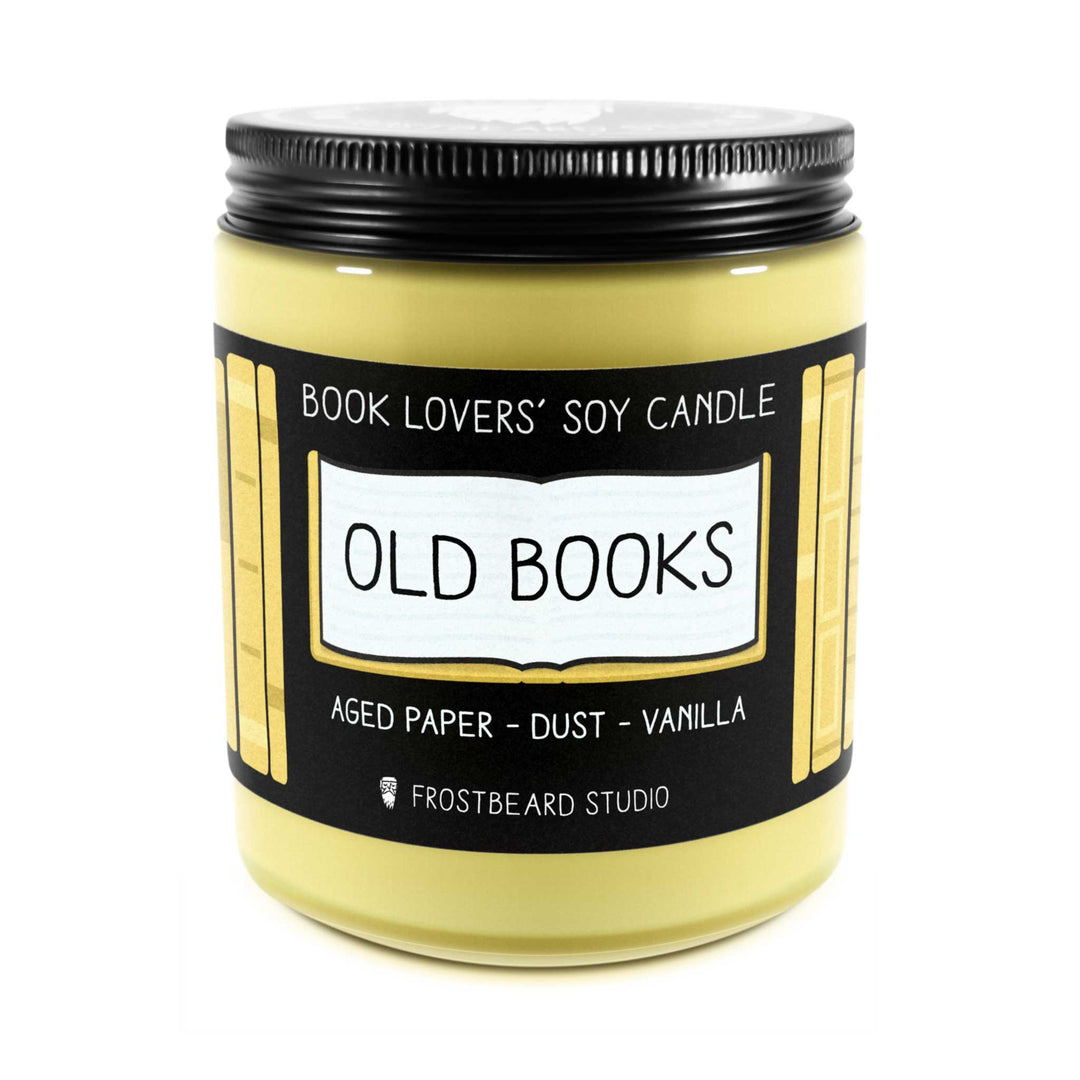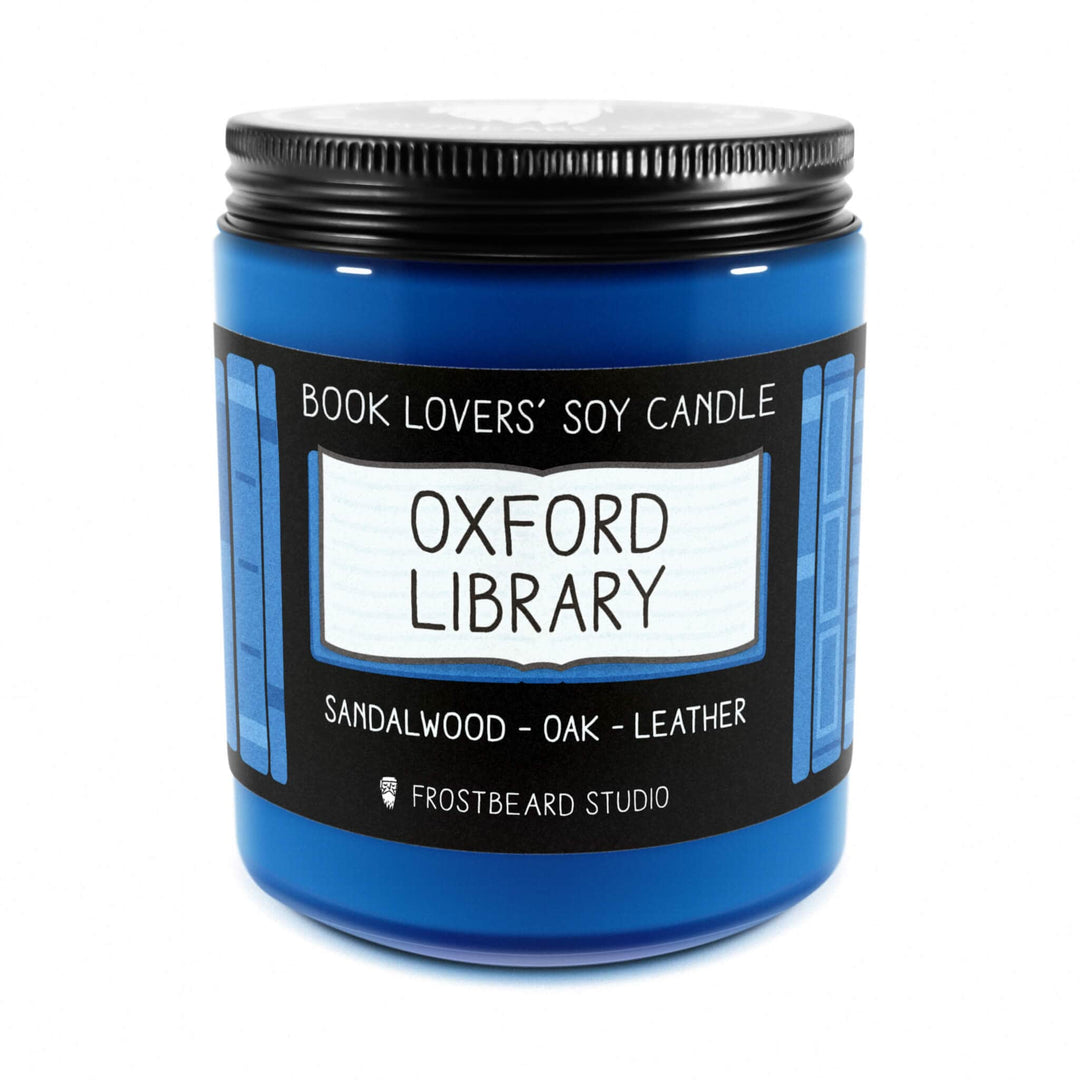A Guide to the Most Loved Tropes in Romantasy
Showing the Magic of Romantasy Tropes
Romantasy trope enthusiasts, your search ends here. Whether you're looking for a brief overview or diving deep into the intricacies of romantasy trope, this article has got you covered.
Here's a quick rundown of popular romantasy tropes:
- A Female Lens: Stories told from a female perspective, focusing on women's experiences and relationships.
- Enemies to Lovers: Characters start off as enemies but eventually fall in love.
- Elemental Magic: Characters wield powers like fire or lightning, adding a fantastical element.
- Fairytale Retellings: Modern spins on classic stories like Beauty and the Beast.
Romantasy, an enchanting blend of romance and fantasy, captivates readers by combining the thrill of love with the magic of fantastical worlds. Imagine being swept away by epic quests, powerful elemental magic, and deep, unforgettable relationships. These stories provide an immersive escape from the mundane, offering both trip and heartwarming romance.
What's in store for you today?
We'll explore the romantasy trope in detail, examine how romance and fantasy elements entwine, and discuss popular tropes that make these stories unputdownable.
What is Romantasy?
Romantasy is a genre blend that combines the best elements of romance and fantasy. This unique mix creates stories where love unfolds in magical worlds, offering readers an immersive escape.
Romance Meets Fantasy
In romantasy, the romance is central to the plot, driving the story forward. However, unlike typical romance novels, these stories are set against the backdrop of fantastical elements. Think of enchanted forests, dragon-riding, and magical tournaments.
Key Elements
Romantasy novels often feature:
- Strong heroines: Female protagonists who are resilient and complex.
- Intricate world-building: Detailed and immersive settings that transport readers to other worlds.
- Epic journeys: Quests filled with danger and findy.
- Magic: Enchantments, spells, and supernatural abilities.
- High-stakes danger: Life-and-death situations that keep the tension high.
- Morally gray characters: Complex characters who aren't purely good or evil.
- Slow-burn romance: Love stories that build gradually, creating anticipation and tension.
Popularity and Impact
This genre has taken the literary world by storm, especially on social media platforms like Instagram and TikTok. With over 900 million views on TikTok and 500,000 posts on Instagram, it's clear that readers are enchanted by these stories that blend epic quests and magical fields with passionate romance.
Examples of Romantasy
Some top picks in the genre include:
- Fourth Wing by Rebecca Yarros
- A Court of Thorns and Roses by Sarah J. Maas
- From Blood and Ash by Jennifer L. Armentrout
- The Serpent and the Wings of Night by Carissa Broadbent
- The Cruel Prince by Holly Black
These books promise a swoon-worthy escape with strong heroines, intricate plots, and slow-burn love stories that will keep you turning the pages.

Next, we'll dive into the popular romantasy tropes that make these stories so captivating.
Popular Romantasy Tropes
In romantasy, certain tropes stand out for their ability to create compelling and emotionally engaging stories. Let's explore some of the most beloved tropes that keep readers coming back for more.
Enemies to Lovers
The Enemies to Lovers trope is a fan favorite for a reason. It starts with characters who are at odds, creating conflict and tension that keeps readers hooked. This trope often involves characters who must steer their initial animosity to find a deeper connection.
- Conflict: The protagonists start as rivals, often due to differing goals or misunderstandings.
- Tension: Their interactions are charged with emotional and sometimes physical tension.
- Character Development: As they move from enemies to lovers, characters undergo significant growth, learning to see each other's true selves.
Example: In The Cruel Prince by Holly Black, Jude and Prince Cardan's animosity gradually transforms into a passionate romance, keeping readers on the edge of their seats.
Friends to Lovers
The Friends to Lovers trope is all about the slow burn. It focuses on characters who start as friends and gradually realize their deeper feelings for each other.
- Slow Burn: The romance develops slowly, allowing readers to savor each moment.
- Mutual Pining: Both characters often harbor secret feelings, leading to a buildup of emotional intensity.
- Emotional Depth: The existing friendship adds layers of emotional depth to their romantic relationship.
Example: The Princess Bride showcases this beautifully, where Westley and Buttercup's friendship blossoms into a love that conquers all obstacles.
Forced Proximity
The Forced Proximity trope throws characters together in close quarters, often against their will, leading to unexpected romantic developments.
- One Bed: A classic scenario where characters must share a bed, leading to physical closeness.
- Trapped Together: Situations like being stuck in an elevator or snowed in at a cabin force characters to confront their feelings.
- Physical Closeness: The forced proximity often leads to a heightened awareness of each other, breaking down emotional barriers.
Example: A Court of Mist and Fury by Sarah J. Maas uses this trope masterfully, with scenes that bring the characters physically close, intensifying their emotional connection.
Forbidden Love
The Forbidden Love trope features relationships that are prohibited by societal norms, magical laws, or other barriers, creating high stakes and intense drama.
- Societal Barriers: Characters are often from different social classes or rival factions.
- Star-Crossed Lovers: The relationship seems doomed from the start, adding to the emotional stakes.
- High Stakes: The forbidden nature of the romance adds urgency and tension to the story.
Example: In From Blood and Ash by Jennifer L. Armentrout, Poppy and Hawke's romance defies royal expectations, making their love story thrilling and poignant.
Second Chance Romance
The Second Chance Romance trope is all about rekindling past relationships and emotional growth.
- Past Relationships: Characters have a history together, often with unresolved issues.
- Rekindled Love: They get a second chance to make things right, leading to a renewed romance.
- Emotional Growth: Both characters must grow and change to overcome past mistakes and build a future together.
Example: Outlander by Diana Gabaldon explores this trope with Claire and Jamie, whose love story spans time and circumstances, offering them multiple chances to rekindle their romance.
These romantasy tropes are the backbone of many beloved stories, providing the conflict, tension, and emotional depth that readers crave. Next, we'll explore how to use these tropes effectively in your writing.
How to Use Romantasy Tropes Effectively
Blending Tropes with Plot
Integrating romantasy tropes seamlessly into your plot is essential. Tropes should not feel tacked on but should drive the story forward.
-
Plot Integration: Make sure the romantic elements are woven into the main plot. For example, a forced marriage in a fantasy setting can serve as a catalyst for political intrigue, assassination attempts, and character development.
-
Character Goals: Align the romance with your characters' objectives. If your protagonist is on a quest to save their kingdom, how does falling in love complicate or aid their mission?
-
Thematic Resonance: Echo the main themes of your story in your romantic subplot. If your story's theme is about sacrifice, show how love demands sacrifices from both characters.
Adding Unique Twists
To keep your story fresh, put a twist on familiar tropes.
-
Fresh Perspectives: Ask "What if?" to twist a common trope. For instance, in a protector/savior scenario, what if the protector is actually an assassin sent to kill the heroine but falls in love instead?
-
Subverting Expectations: Instead of a love triangle, why not explore a polyamorous relationship? This subverts the typical rivalry and introduces a fresh dynamic.
-
Originality: Combine multiple tropes to create something unique. A story that blends "enemies to lovers" with "forced proximity" can add layers of tension and complexity.
Building Emotional Intensity
Emotional stakes are crucial in romantasy. Readers want to feel the chemistry and longing between characters.
-
Chemistry: Build believable chemistry through shared experiences and complementary personalities. Show why these characters are drawn to each other.
-
Longing: Create moments of yearning and unfulfilled desire. This can be as simple as a lingering glance or a touch that means more than words.
-
Emotional Stakes: Raise the stakes by putting something valuable at risk. Whether it’s a character’s life, their kingdom, or their heart, high stakes keep readers invested.
By blending these elements, you can create a romantasy that feels both familiar and new, engaging your readers from start to finish. Next, we'll look at some examples of how these tropes are used in popular media.
Examples of Romantasy Tropes in Popular Media
Books
Sarah J. Maas
Sarah J. Maas is a master of the romantasy genre. Her series, A Court of Thorns and Roses (ACOTAR), is a prime example. The series blends faerie lore with intense romance, featuring tropes like "enemies to lovers" and "forbidden love." Feyre, the protagonist, starts as a mortal huntress and enters the faerie field, where she meets Tamlin, a High Lord. Their relationship evolves amidst political intrigue and ancient curses. Maas's Throne of Glass series also showcases a young assassin navigating romance and danger, making it a staple in the genre.
The Princess Bride
The Princess Bride by William Goldman is a classic that combines romance and fantasy seamlessly. It features the "true love" trope between Westley and Buttercup, alongside elements of trip and magic. The story's blend of humor, romance, and swashbuckling action makes it timeless. The book's narrative structure, with a story within a story, adds depth to the romantasy elements.
Outlander
Diana Gabaldon's Outlander series is a time-travel romance that has captivated millions. Claire Randall, a British combat nurse, is mysteriously transported from 1945 to 1743 Scotland. There, she meets Jamie Fraser, a dashing warrior. Their intense relationship is both heartwarming and heart-wrenching, blending historical fiction with time travel. The series uses the "second chance romance" trope, as Claire steers love in two different timelines.
TV Shows and Movies
K-dramas
Korean dramas (K-dramas) are renowned for their use of romantasy tropes. Series like Goblin and My Love from the Star blend romance with fantasy elements. Goblin features an immortal goblin searching for his bride to end his cursed life, while My Love from the Star tells the story of an alien who falls in love with a human actress. These shows often use tropes like "forbidden love" and "second chance romance," creating emotional depth and high stakes.
The Hating Game
The Hating Game, based on Sally Thorne's novel, is a modern romantasy that uses the "enemies to lovers" trope. Lucy and Joshua, co-workers vying for the same promotion, start with intense rivalry. As they get to know each other, their relationship evolves into romance. The tension and chemistry between the characters keep viewers hooked.
Virgin River
Virgin River, based on Robyn Carr's novels, is a TV series that combines romance with elements of small-town charm and mystery. The show features the "second chance romance" trope. Melinda Monroe moves to the remote town of Virgin River to escape her past and start fresh. There, she meets Jack Sheridan, a former marine. Their relationship develops amidst the backdrop of the town's secrets and Mel's healing journey.
These examples show how romantasy tropes can be effectively used to create engaging and memorable stories. Next, we'll answer some frequently asked questions about using these tropes in your own writing.
Frequently Asked Questions about Romantasy Tropes
What makes a good romantasy trope?
A good romantasy trope combines emotional depth with fantastical elements. Readers want stories that make them feel and think. Here are some key factors:
-
Believable Characters: Characters should be relatable, even in a fantasy setting. Think of Raina and the Witch Collector from The Witch Collector who evolve from enemies to lovers.
-
Emotional Stakes: High stakes keep readers invested. In The Jasmine Throne, the relationship between a banished princess and a maidservant is intense and beautifully written.
-
Unique Setting: A fresh, imaginative world improves the romance. The Bridge Kingdom sets its enemies-to-lovers story in a land filled with political intrigue.
How can I avoid clichés in my romantasy story?
Avoiding clichés involves putting a twist on common tropes. Here’s how:
-
Subvert Expectations: Change the expected outcome. Instead of a typical love triangle, consider a polyamorous relationship.
-
Unique Characters: Create characters who defy stereotypes. In The Lost Swallow, the hero is an enchanter expected to be a killer but ends up as a protector.
-
Fresh Settings: Set your story in an unusual world. Imagine a Romeo and Juliet story set in a dystopian world with aliens.
Can I mix multiple tropes in one story?
Absolutely! Mixing tropes can add richness and complexity to your story. Here are some tips:
-
Blend Seamlessly: Ensure the tropes complement each other. The Hunger Games combines a love triangle with a dystopian setting effectively.
-
Echo Themes: Make sure the tropes echo the main themes of your story. In The Lost Swallow, the theme of making difficult choices is reflected in both the romance and the main plot.
-
Use Multiple Tropes: Don’t be afraid to use more than one trope. Outlander combines time travel with historical romance, creating a compelling and layered narrative.
By blending and twisting tropes, you can create a unique and captivating romantasy story.
Conclusion
Romantasy offers a magical blend of romance and fantasy, providing readers with an escape into worlds filled with trip and love. At Frostbeard Studio, we improve this immersive experience with our literary-inspired products.
Frostbeard Studio specializes in creating hand-poured soy candles that transport you into the heart of your favorite stories. Imagine reading a romantasy novel with a candle that captures the essence of the tale. Whether it's the scent of a magical forest or a cozy library, our candles set the perfect mood.
By using our products, your reading nook becomes a sanctuary where every element deepens your connection with the book. Lighting a candle not only improves the ambiance but also helps create a specific mood that aligns with the story’s setting or the characters' emotions. This sensory addition makes the plot’s twists and the characters' encounters more impactful.
Explore our fantasy collection and find the perfect candle to accompany your next romantasy read. Light a candle, curl up with a good book, and let the magic of romantasy transport you to another world.
Happy reading!








